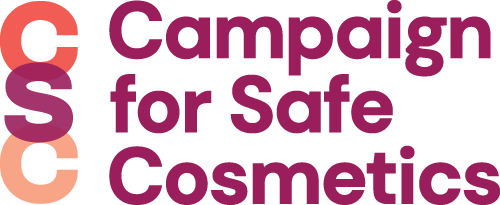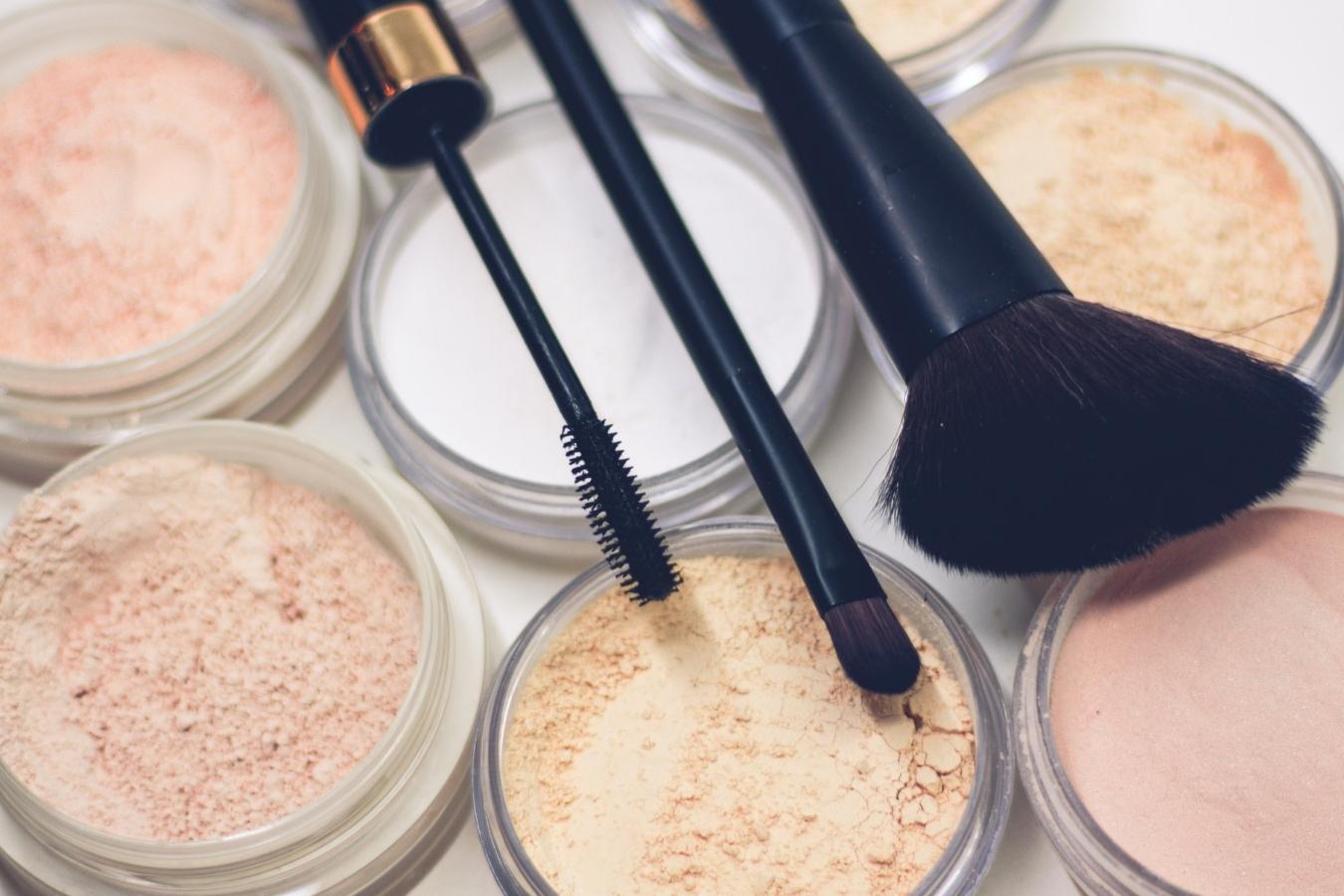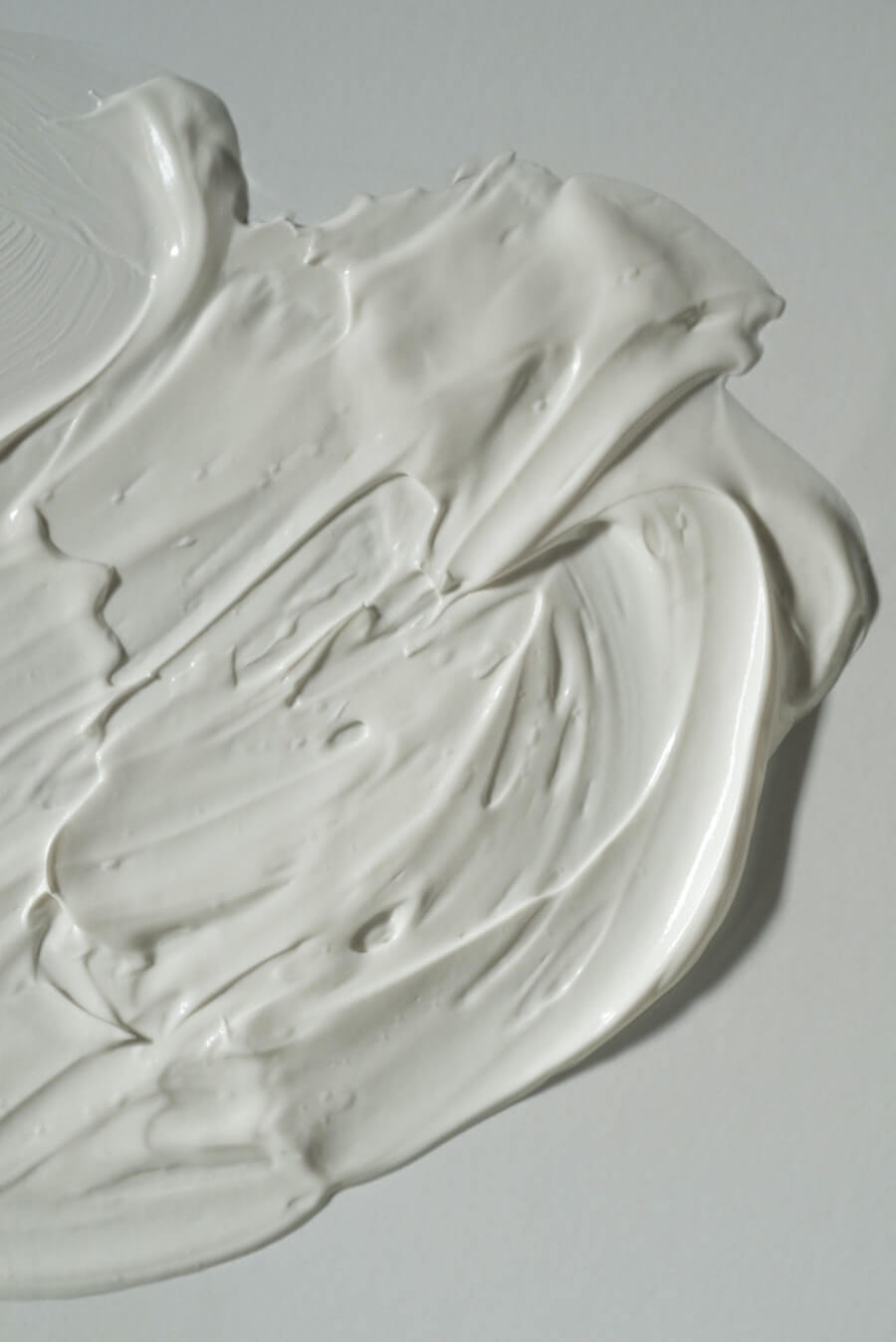[1] IARC (1987) Resorcinol. Available online: http://monographs.iarc.fr/ENG/Monographs/vol71/mono71-52.pdf. Accessed April 21, 2022.
[2] IPCS, IOMC, WHO (2006) Concise International Chemical Assessment Document 71: Resorcinol. Available online: http://apps.who.int/iris/bitstream/handle/10665/43450/9241530715_eng.pdf;jsessionid=60EFD20D61D7682814BAC172D64B3D70?sequence=1. Accessed April 21, 2022.
[3] Lindsay R.H, Hill J.B, Gaitan E, Cooksey R.C, Jolley R.L, (1992) Antithyroid Effects of Coal Derived Pollutants, Journal of Toxicology and Environmental Health, 37(4), 467-481.
[4] Divi R, Doergel D, (1994)Mechanism-Based Inactivation of Lactoperoxidase and Thyroid Peroxidase by Resorcinol Derivatives, National Center for Toxicological Research.
[5] Shah M, Tolgyesi W, Britt A (1972) Cooxidation of p-phenylenediamine and resorcinol in hair dyes. Cosmetic Chemistry 23: 853-861.
[6] Welsch F. (2008) Routes and modes of administration of resorcinol and their relationship to potential manifestations of thyroid gland toxicity in animals and man. International Journal of Toxicology, 27(1): 59- 63.
[7] European commission: Scientific Committee on Consumer Products. Annex 13: List of 146 Substances with endocrine disruption classifications prepared in the Expert meeting. Available online at: http://ec.europa.eu/environment/archives/docum/pdf/bkh_annex_13.pdf. Accessed April 21, 2022.
[8] Lindsay R.H, Hill J.B, Gaitan E, Cooksey R.C, Jolley R.L, (1992) Antithyroid Effects of Coal Derived Pollutants, Journal of Toxicology and Environmental Health, 37(4), 467-481.
[9] Divi R, Doergel D, (1994)Mechanism-Based Inactivation of Lactoperoxidase and Thyroid Peroxidase by Resorcinol Derivatives, National Center for Toxicological Research.
[10] Ghisari M, Bonefeld-Jorgensen E.C, (2009) Effects of plasticizers and their mixtures on estrogen receptor and thyroid hormone functions. Toxicology Letters 189: 67-77.
[11] Waring R, Ramsden D, Jarratt P, Harris R, (2012) Biomarkers of endocrine disruption: cluster analysis of effects of plasticizers on Phase 1 and Phase 2 metabolism of steroids. International Journal of Andrology 35: 415-423.
[12] Divi R, Doergel D, (1994)Mechanism-Based Inactivation of Lactoperoxidase and Thyroid Peroxidase by Resorcinol Derivatives, National Center for Toxicological Research.
[13] Lynch B, Delzell E, Bechtel D. (2002) Toxicology Review and Risk Assessment of Resorcinol: Thyroid Effects. Regulatory Toxicology and Pharmacology 36 (2): 198-210.
[14] Ghisari M, Bonefeld-Jorgensen E.C, (2009) Effects of plasticizers and their mixtures on estrogen receptor and thyroid hormone functions. Toxicology Letters 189: 67-77.
[15] Duran B, Gursoy S, Cetin M, Demirkoprulu N, Demirel Y, Gurelik B, (2004) The oral toxicity of resorcinol during pregnancy: a case report. Clinical Toxicology 42 (5): 663-666.
[16] Welsch F, Nemec M.D, Lawrence W.B, (2008) Two-generation reproductive toxicity study of resorcinol administered via drinking water to Crl:CD (SD) Rats. International Journal of Toxicology 27 (1): 43-57.
[17] Tush G.M, Kuhn R.J, (1996) Methemoglobinemia induced by an over-the-counter medication. The annals of Pharmacotherapy 30 (11): 1251-1254.
[18] Duran B, Gursoy S, Cetin M, Demirkoprulu N, Demirel Y, Gurelik B, (2004) The oral toxicity of resorcinol during pregnancy: a case report. Clinical Toxicology 42 (5): 663-666.
[19] Welsch F, Nemec M.D, Lawrence W.B, (2008) Two-generation reproductive toxicity study of resorcinol administered via drinking water to Crl:CD (SD) Rats. International Journal of Toxicology 27 (1): 43-57.
[20] IPCS, IOMC, WHO (2006) Concise International Chemical Assessment Document 71: Resorcinol. Available online: http://apps.who.int/iris/bitstream/handle/10665/43450/9241530715_eng.pdf;jsessionid=60EFD20D61D7682814BAC172D64B3D70?sequence=1. Accessed April 21, 2022.
[21] Taravinen K. (1995) Analysis of patients with allergic patch test reactions to a plastic and glue series. Contact Dermatitis 32: 346-351.


































